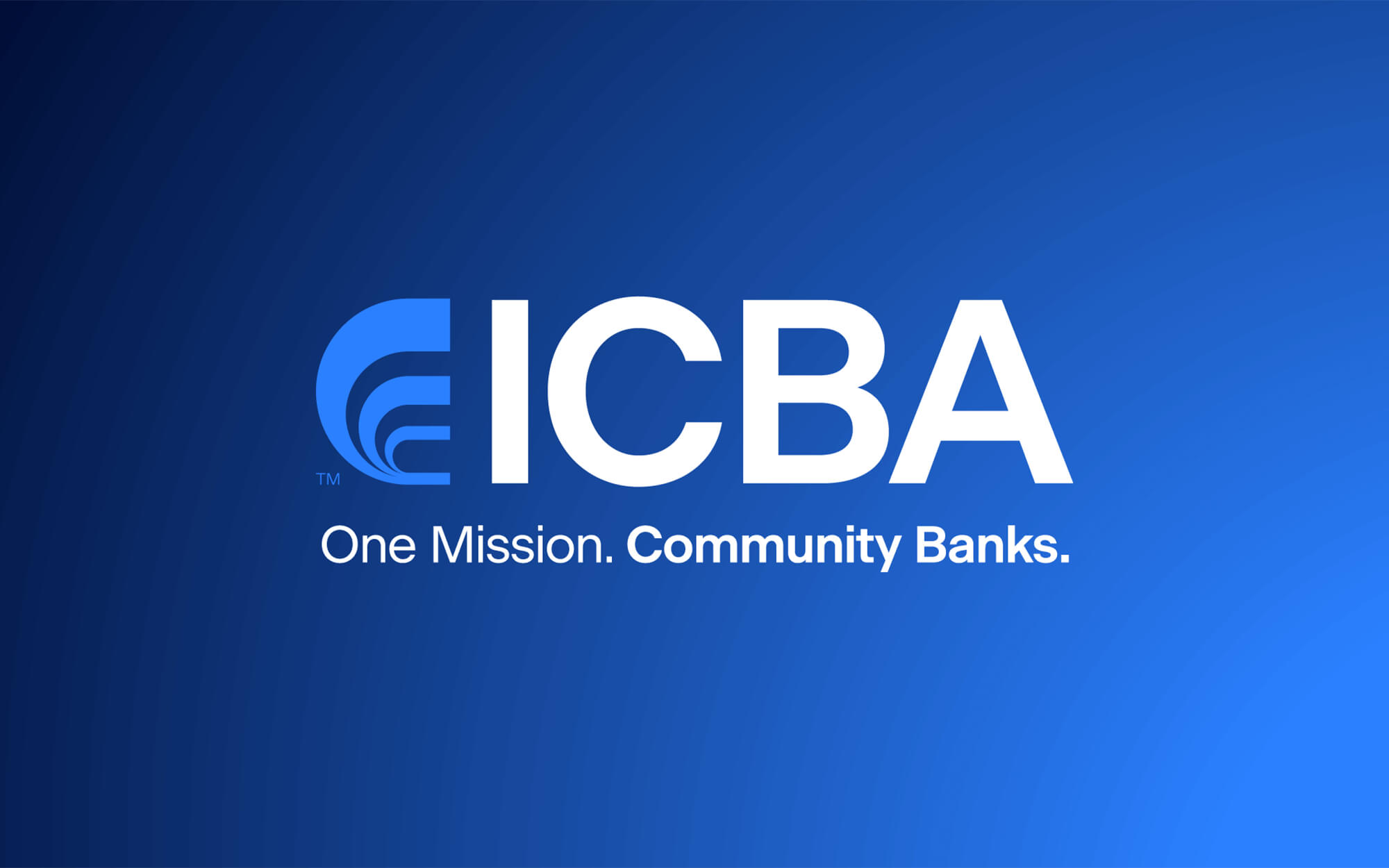A Bank for International Settlements panel said the risks of using stablecoins for cross-border payments could outweigh the benefits.
Stablecoin Risks: The BIS Committee on Payments and Market Infrastructures report says using stablecoin arrangements in cross-border payments poses potential risks to monetary sovereignty, financial stability, and seigniorage income. It says potential benefits would be realized only if stablecoins are properly designed and regulated, noting they should have to compete on a level playing field with other payment options.
Support for CBDCs: The committee’s report also included supportive statements about central bank digital currencies, which the panel said could reinforce the role of central bank money as an anchor for the payment system. The BIS has previously said its Project Mariana experiment has showed that wholesale—as opposed to retail—CBDCs can be used to facilitate cross-border trading and settlement.
Multi-CBDC Experiment: The BIS Innovation Hub separately issued an update on the Project mBridge experiment testing the role of CBDCs in cross-border payments among the central banks of Hong Kong, Thailand, China, and the United Arab Emirates. The update said the next stage will be testing the viability of the multi-CBDC platform.
More: The BIS last month released a final framework for enhancing cross-border payments using ISO 20022 harmonization requirements. It previously published a report on the crypto ecosystem that said stablecoins pose risks by piggybacking on the credibility of central banks.
ICBA View: ICBA has repeatedly called on policymakers to ensure new policies directed at the crypto sector fully reflect its risks, to prioritize research on the specific effects of digital assets on community banks and their customers, and to oppose the formation of a U.S. central bank digital currency. It recently commended the House Financial Services Committee for passing legislation to restrict the Federal Reserve from issuing a CBDC.





